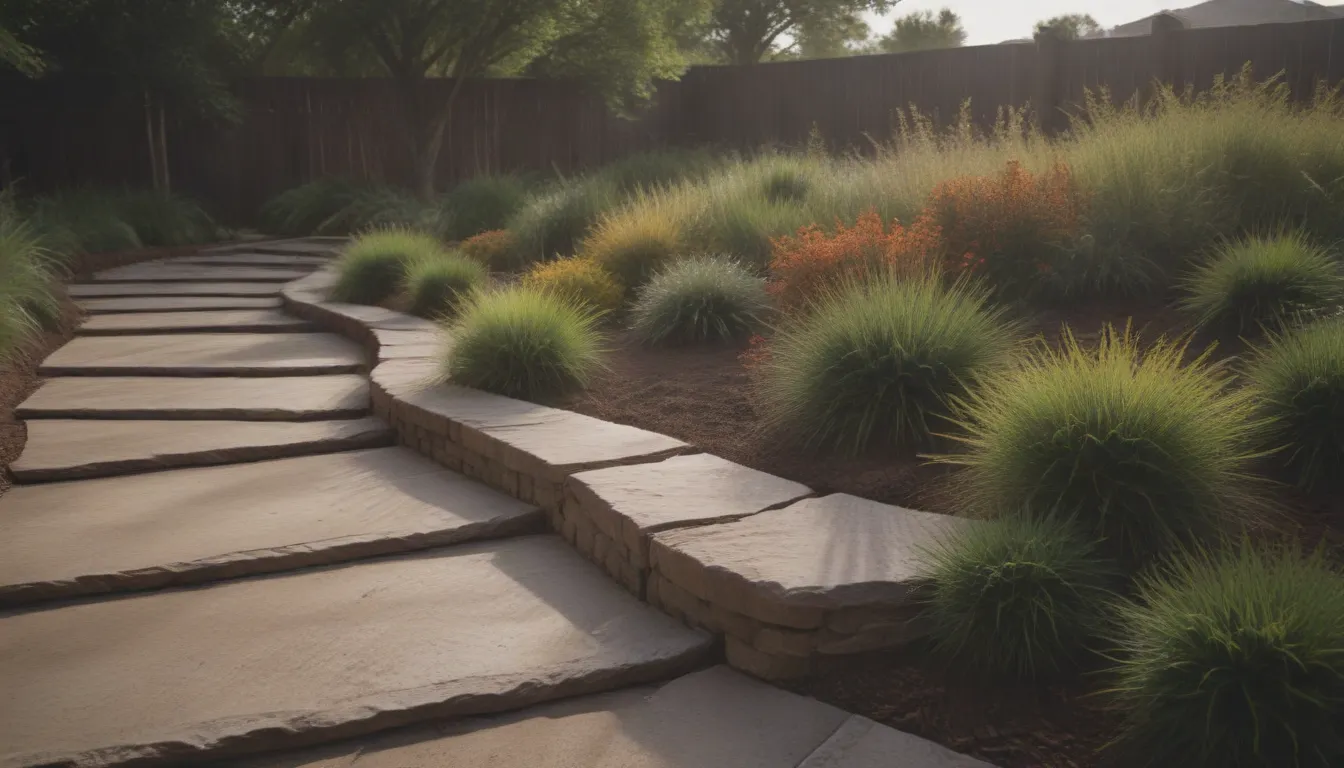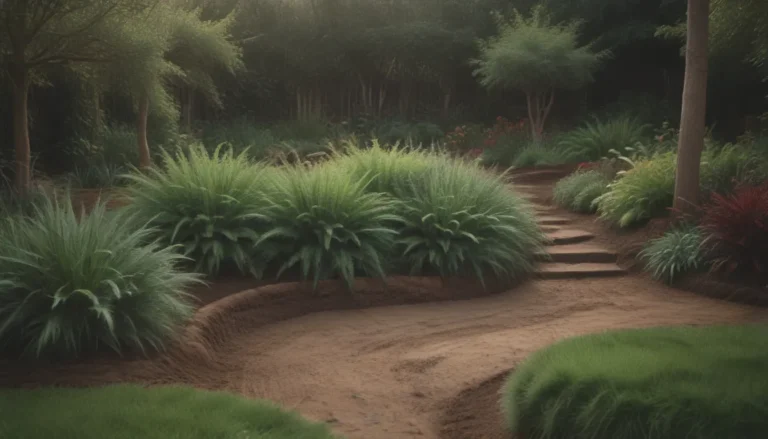The Ultimate Guide to Materials for Landscape Edging, Patios, and Paths

Welcome to the ultimate guide to selecting the perfect materials for your landscape edging, patios, and paths! While landscape edging may not be the most glamorous feature in your outdoor space, it plays a crucial role in defining and enhancing the aesthetics of your patio or path. Whether you are building a patio out of concrete, brick, pavers, or loose materials, choosing the right edging material is essential. In this comprehensive guide, we will explore six different types of materials that you can use for landscape edging, along with tips and recommendations to help you make the best choice for your outdoor project.
Importance of Landscape Edging
Before we dive into the various materials available for landscape edging, let’s first understand why edging is essential for your outdoor space. Landscape edging serves three main purposes:
- Provides a clean and finished look to your patio or path.
- Helps to contain and define the materials used in your landscaping project.
- Prevents the spreading of grass, weeds, and other unwanted plants into your patio or path area.
Now, let’s explore the six different materials that you can use for landscape edging, along with their advantages and best uses.
1. Brick Edgings
Brick edging is a classic and versatile option for defining the boundaries of your patio or path. Bricks can be laid in a narrow trench along the edge of your patio, creating a clean and elegant border. Here are some key points to consider when using brick edgings:
- Ideal for creating a timeless and classic look.
- Suitable for various soil types, with clay soil providing better stability.
- Can be set vertically or angled for a unique design.
- Invisible edging can be achieved by creating a small underground footing.
2. Wood Edgings
For a more natural and rustic look, wood edging is a popular choice among homeowners. Here are some important considerations when using wood edgings:
- Choose weather-resistant wood such as redwood or cedar for long-lasting durability.
- Dimensional lumber is the most common type of wood used for patio or path edgings.
- Bendable bender board is recommended for creating curved edges.
- Other options include rustic timbers, railroad ties, logs, wood posts, or bamboo for a unique look.
3. Concrete Edgings
Concrete is a durable and versatile material that can be used to create well-defined edgings for your patio or path. Here are some key points to consider when using concrete edgings:
- Helps to retain paving and serves as a mowing strip next to a lawn.
- Can be poured into forms or molds and screeded flush with the top surface.
- Various finishes such as salt, aggregate, travertine, stamping, or tooling are available.
- Provides a seamless transition from paving to surrounding areas.
4. Stone Edgings
If you prefer a natural and rustic look for your outdoor space, stone edgings are an excellent choice. Here are some advantages of using stone edgings:
- Ideal for natural, rustic, or Japanese landscape styles.
- Options include flagstone, pebbles, rocks, and boulders for a cohesive look.
- Works well around patios, paths, driveways, or water features.
- Helps to unite different areas of your landscape.
Tip: Avoid using loose rocks near swimming pools to prevent any potential hazards.
5. Metal Edgings
For a modern and sleek look, metal edgings are a great option for defining the borders of your patio or path. Here are some key considerations when using metal edgings:
- Steel or aluminum edgings are lightweight, sturdy, and pliable.
- Ideal for creating curved edges and transitions between different materials.
- Suitable for use with smaller pavers, loose materials like pea gravel, or bark.
- Provides a contemporary and seamless look to your outdoor space.
6. Plastic or Recycled Edgings
For a cost-effective and easy-to-install option, plastic or recycled edgings are a practical choice for landscape edging. Here are some advantages of using plastic or recycled edgings:
- Easy to manipulate and install, usually in four-inch-deep strips.
- Available in a variety of colors for a customizable look.
- Ideal for containing loose materials or creating edgings for children’s play areas.
- Provides a low-cost alternative to other edging materials.
Choosing the right material for your landscape edging project will depend on your personal preferences and the nature of your outdoor space. Whether you prefer a natural, classic look with brick or stone edgings, or a modern, sleek look with metal or plastic options, there is a material that will suit your needs.
By selecting the right material for your landscape edging, you can enhance the beauty and functionality of your outdoor space while adding a touch of style and sophistication. So, take your time to explore the options available, and choose the material that best suits your design preferences and practical needs.
With the right landscape edging material, you can create a stunning and inviting outdoor space that you can enjoy for years to come. Happy landscaping!





